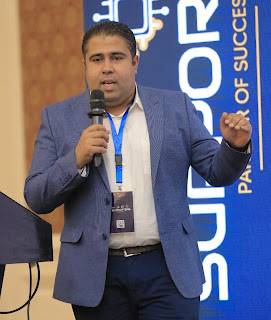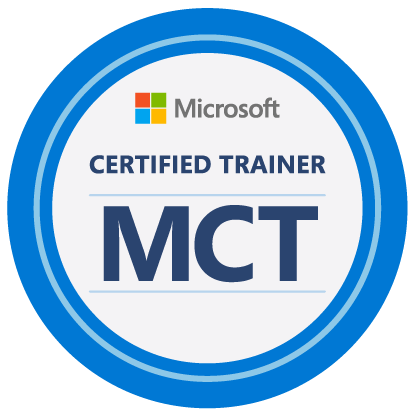The cloud revolution has transformed how businesses store and access data. But with various deployment models available, choosing the right option can be overwhelming. Let's explore the key differences between on-premise, public cloud, private cloud, and multi-cloud solutions.
- On-Premise: Imagine your own data center. You have complete control over hardware, software, and security, ideal for highly sensitive data. However, the upfront costs for infrastructure and IT staff are significant, and scalability is limited.
- Public Cloud: Think shared office space. You rent resources from providers like Amazon Web Services (AWS) or Microsoft Azure. This offers low upfront costs, high scalability, and easy management. However, customization is limited, and security requires a shared responsibility model.
Private Cloud: This is like having a dedicated floor in a high-rise. You have a cloud environment built just for your organization, either on-premise or managed by a provider. It offers a high degree of control and customization, along with better scalability than on-premise. However, there are still ongoing fees and some IT expertise is needed.
- Multi-Cloud: Imagine working from multiple co-working spaces. This approach combines resources from various public clouds and potentially private clouds. It offers increased flexibility, redundancy, and potentially lower costs by leveraging provider strengths. But managing multiple cloud environments can be complex, and vendor lock-in for specific services remains a concern.
|
Feature |
On-Premise |
Public Cloud |
Private Cloud |
Multi-Cloud |
|
Location |
On-site |
Shared infrastructure |
Dedicated infrastructure |
Multiple locations |
|
Control &
Customization |
Highest |
Limited |
High (with some shared) |
Varies |
|
Cost (Upfront) |
High |
Low |
Lower |
Varies |
|
Scalability |
Low |
High |
High (depends on setup) |
High |
|
Security |
Managed by you |
Shared responsibility |
High control |
Requires careful mgmt |
|
Pros |
Maximum control, security |
Cost-effective, scalable |
Control, customization |
Flexibility, redundancy |
|
Cons |
High cost, limited scale |
Limited control, vendor
lock-in |
More expensive than
public |
Increased complexity |
Choosing the right cloud model depends on your specific needs. Consider factors like security requirements, budget, IT expertise, and desired control and scalability. By understanding the pros and cons of each option, you can make an informed decision that empowers your business in the cloud era.

.jpeg)
%20(1).webp)
.jpeg)






.jpeg)






%20(1).webp)
